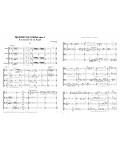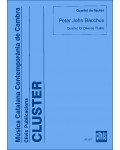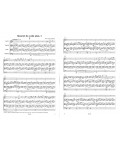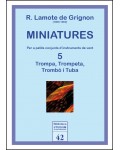
No products
Prices are tax included
Product successfully added to your shopping cart
There are 0 items in your cart. There is 1 item in your cart.
- English
- Castellano
- Català
Django a l'Havana
DE758
In this quartet, Pere Soto has let his imagination soar in creating an entertaining imaginary story about a hypothetical trip by Django to Havana. With the combination of the Cuban sound and the manouche fanfare, he has managed to merge the two essences and aesthetics in a highly original piece, offering a real challenge to an ambitious quartet.
| Period | 20th c. |
| Instruments | 2vl.vla.vc. |
| Pages | 106 |
| Time | 22 min. |
| Contents | score + parts |
| ISMN | 979-0-3502-0947-5 |
| Price of print edition | 31,20 € |
| Edition | Digital |
Django Reinhardt, Jean Baptiste Reinhardt (1910-1953), is credited as being the founder of a type of jazz known as gypsy jazz in English although the term actually originated from a French expression, manouche jazz, and blends the European jazz of that time with music with gypsy roots.
Pere Soto, apart from being a composer, is also well known as a jazz musician specializing in the gypsy style, and has a profound knowledge of and admiration for the musical language of Django Reinhardt. After hearing the piece, his friend Ernesto Briceño, a Venezuelan violinist living in Barcelona, came up with the idea of naming it after the great musician.












![Quartet 1994 [score]](https://www.clivis.cat/1702-home_default/quartet-1994.jpg)
![Quartet 1994 [parts]](https://www.clivis.cat/72-home_default/quartet-1994.jpg)





![Shoshanna [score]](https://www.clivis.cat/1512-home_default/shoshanna.jpg)
![Shoshanna [parts]](https://www.clivis.cat/1511-home_default/shoshanna.jpg)











